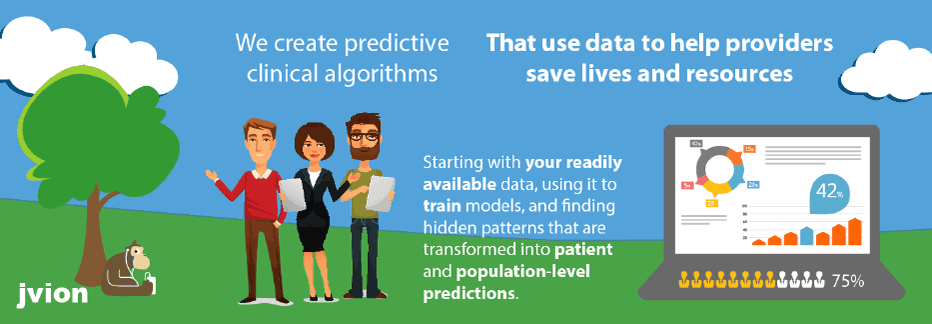Clinical Predictions cannot be beneficial until they are transformed into actions. This applies to predictive analytics solutions that provide early notifications to doctors and medical staff about a specific patient. Healthcare facilities do not have to wait for symptoms to manifest before the treatment begins. With the analysis of current and historical patient data from hospitals, high-risk patients can be effectively pinpointed and resources can be diverted where they are needed the most.
Clinical Predictive Analytics
Clinical predictive analytics is an effective way to reduce readmission rates in hospital settings. Healthcare analytics software not only reduces readmissions, but also provides patient-level predictions to determine interventions that prevent specific diseases and infections.
Few ways in which clinical analytics help:
- Considers different components such as patient phenotype, patient specific sensitivities and case history
- Predicts the possible state of a patient with reference to current and historical information before symptoms are evident
- Optimizes the allocation and utilization of resources to boost healthcare cost reduction techniques
- Predicts hospital acquired conditions, one of the primary reasons of loss of resources and increased LoSto adequately contain and handle any such cases before they happen
- Helps examine live information and numbers assisting hospital staff proficiently function towards reducing readmissions, reducing suffering while being patient-centric.
Importance of big data healthcare
The healthcare sector has realized the importance of big data. In this era of open information in hospitals, stakeholders and the federal government are quickly moving toward transparency through creating the decades of disparate data more searchable, operational and actionable for the healthcare industry. This data helps pharmaceutical companies, payors and providers to develop proactive plans to thrive in the new healthcare environment. The remarkable increase in electronic health records enable doctors to take better clinical decisions and provide improved care yielding better outcomes.
The leading clinical predictive solution like Jvion’s RevEgis for providers, utilizes big data and helps predict patient level diseases, hospital acquired conditions, improve community health, drive predictive infection control, reduce readmissions and more.
